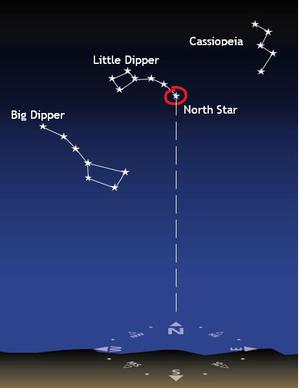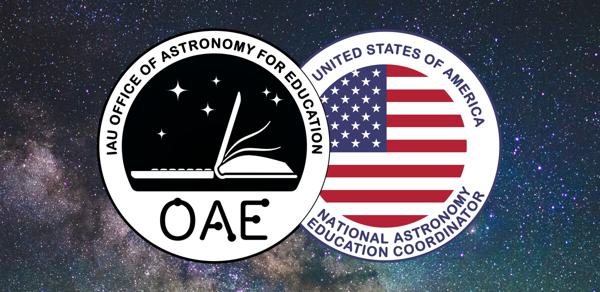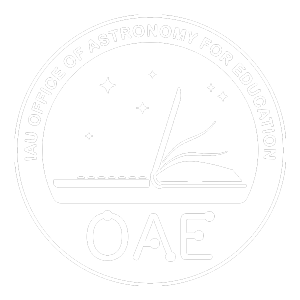Glossary term: Longitude
Description: Earth is a sphere. To define locations on Earth two sets of imaginary lines are drawn onto the surface of the sphere. Lines of longitude are great circles which run around Earth and through both the North and South Poles. Whilst the equator provides a natural reference point for 0 degrees latitude, the line of 0 degrees longitude had to be agreed on. The recognized line of 0 degrees longitude runs through Greenwich in London, UK, and is also referred to as the Prime Meridian or Greenwich Meridian. The antemeridian is halfway around the world at 180 degrees and is the basis for the International Date Line. The full distance around Earth is 360 degrees. There are also lines running in small circles around Earth, parallel to the equator. These are lines of latitude.
Related Terms:
See this term in other languages
Term and definition status: This term and its definition have been approved by a research astronomer and a teacher
The OAE Multilingual Glossary is a project of the IAU Office of Astronomy for Education (OAE) in collaboration with the IAU Office of Astronomy Outreach (OAO). The terms and definitions were chosen, written and reviewed by a collective effort from the OAE, the OAE Centers and Nodes, the OAE National Astronomy Education Coordinators (NAECs) and other volunteers. You can find a full list of credits here. All glossary terms and their definitions are released under a Creative Commons CC BY-4.0 license and should be credited to "IAU OAE".
Related Activities
Let's Map the Earth
astroEDU educational activity (links to astroEDU website) Description: Discover how to read and draw maps by observing.License: CC-BY-4.0 Creative Commons Attribution 4.0 International (CC BY 4.0) icons
Tags: Hands-on , Scales , Geography , Maps , GPS , Coordinates Age Ranges: 8-10 , 10-12 Education Level: Primary Areas of Learning: Modelling , Social Research Costs: Low Cost Duration: 1 hour Group Size: Group Skills: Analysing and interpreting dataHow To Travel on Earth Without Getting Lost
astroEDU educational activity (links to astroEDU website) Description: Use a globe to describe your position on Earth.License: CC-BY-4.0 Creative Commons Attribution 4.0 International (CC BY 4.0) icons
Tags: Geography , Maps , GPS , Celestial navigation Age Ranges: 8-10 , 10-12 , 12-14 Education Level: Middle School , Primary Areas of Learning: Social Research Costs: Low Cost Duration: 1 hour Group Size: Group Skills: Analysing and interpreting data , Developing and using models , Using mathematics and computational thinking









